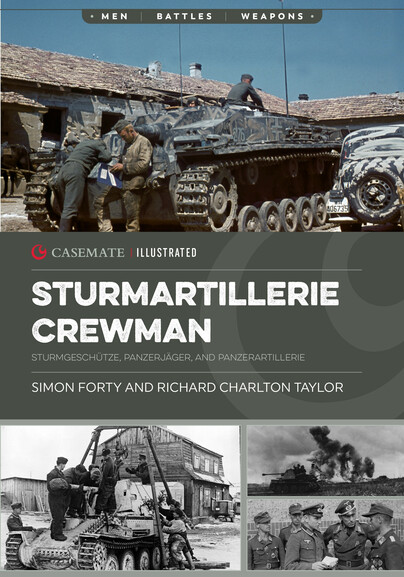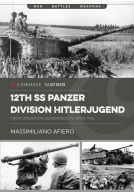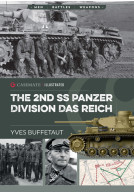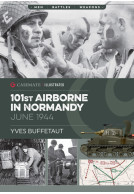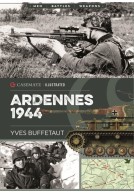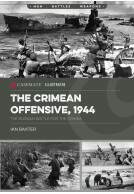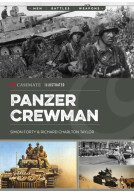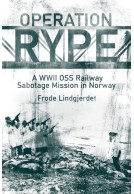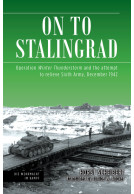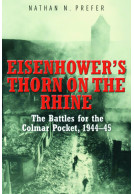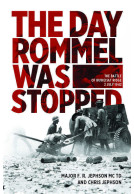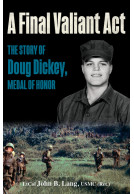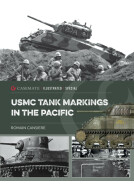Sturmartillerie Crewman (Paperback)
Sturmgeschütze, Panzerjäger, and Panzerartillerie
Imprint: Casemate Publishers
Series: Casemate Illustrated
Pages: 128
Illustrations: 150 photographs
ISBN: 9781636245164
Published: 28th May 2025
Series: Casemate Illustrated
Pages: 128
Illustrations: 150 photographs
ISBN: 9781636245164
Published: 28th May 2025
You'll be £24.95 closer to your next £10.00 credit when you purchase Sturmartillerie Crewman. What's this?
+£4.99 UK Delivery or free UK delivery if order is over £40
(click here for international delivery rates)
Order within the next 11 hours, 42 minutes to get your order processed the next working day!
Need a currency converter? Check XE.com for live rates
(click here for international delivery rates)
Order within the next 11 hours, 42 minutes to get your order processed the next working day!
Need a currency converter? Check XE.com for live rates
The German procurement process resulted in a wide range of gun-armed armored vehicles—assault guns, tank destroyers and self-propeled artillery—mounting both German and captured guns. Some were developed from existing German chassis; many employed captured enemy vehicles or were built in the factories of the countries they had conquered.
Originally designed as infantry support vehicles, the Sturmgeschütz arm was controlled by the artillery but ended the war having knocked out more enemy tanks than the Panzers. Mainly built on the chassis of the PzKpfw III, particularly after it became obsolete, the StuGs proved durable and effective in infantry support and, when upgunned and even without a turret, as tank killers.
The Germans produced a range of vehicles to fend off enemy armor. They mounted increasingly larger guns on any chassis they could lay their hands on, often captured vehicles—the Marder series on French or Czech chassis. There was also the Jagdpanzer range, better protected with an armored casemate providing overhead armor, based on tank chassis. Heavier Jagdpanzer were produced as the war continued the Hornisse/Nashorn (but without overhead protection), the Ferdinand/Elefant and the Jagdpanther armed with 8.8cm weapons. A few of the massive 12.8cm-armed Jagdtiger appeared before war’s end.
Blitzkrieg showed that the Panzer divisions needed mobile artillery support, so the Germans mounted artillery weapons on tracked chassis: first PzKpfw Is and IIs and then PzKpfw IIIs and 38(t)s. The best known are the Wespe (on the PzKpfw II), the Grille (on the PzKpfw 38(t)), the Hummel (on the Geschützwagen III/IV), and the Sturmpanzer (on the PzKpfw IV).
While some of the crew duties on these vehicles were similar to those of the Panzertruppen, they were completely different vehicles to fight in and fight with: strategically, operationally, tactically and logistically. This fully illustrated book tells the story of the soldiers who crewed these vehicles.
Customers who bought this title also bought...
Other titles in the series...
Other titles in Casemate Publishers...







